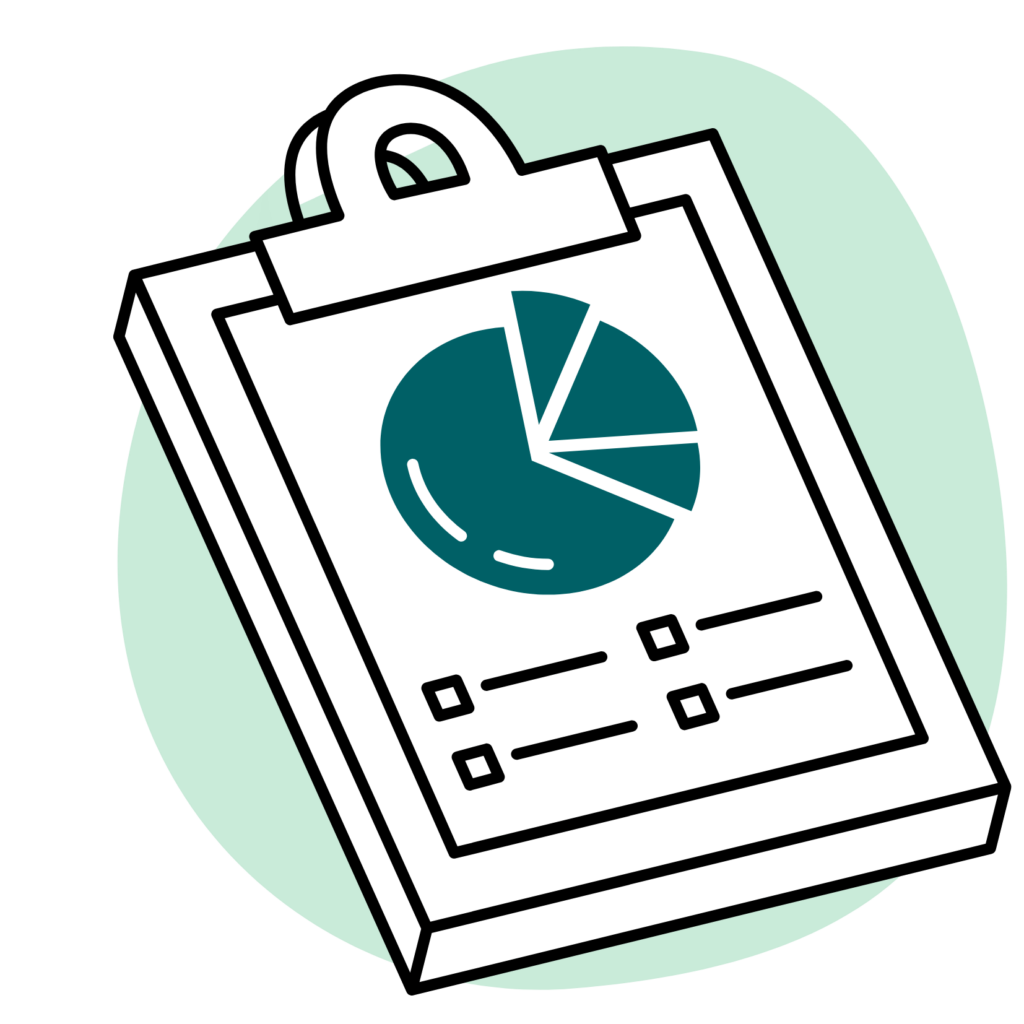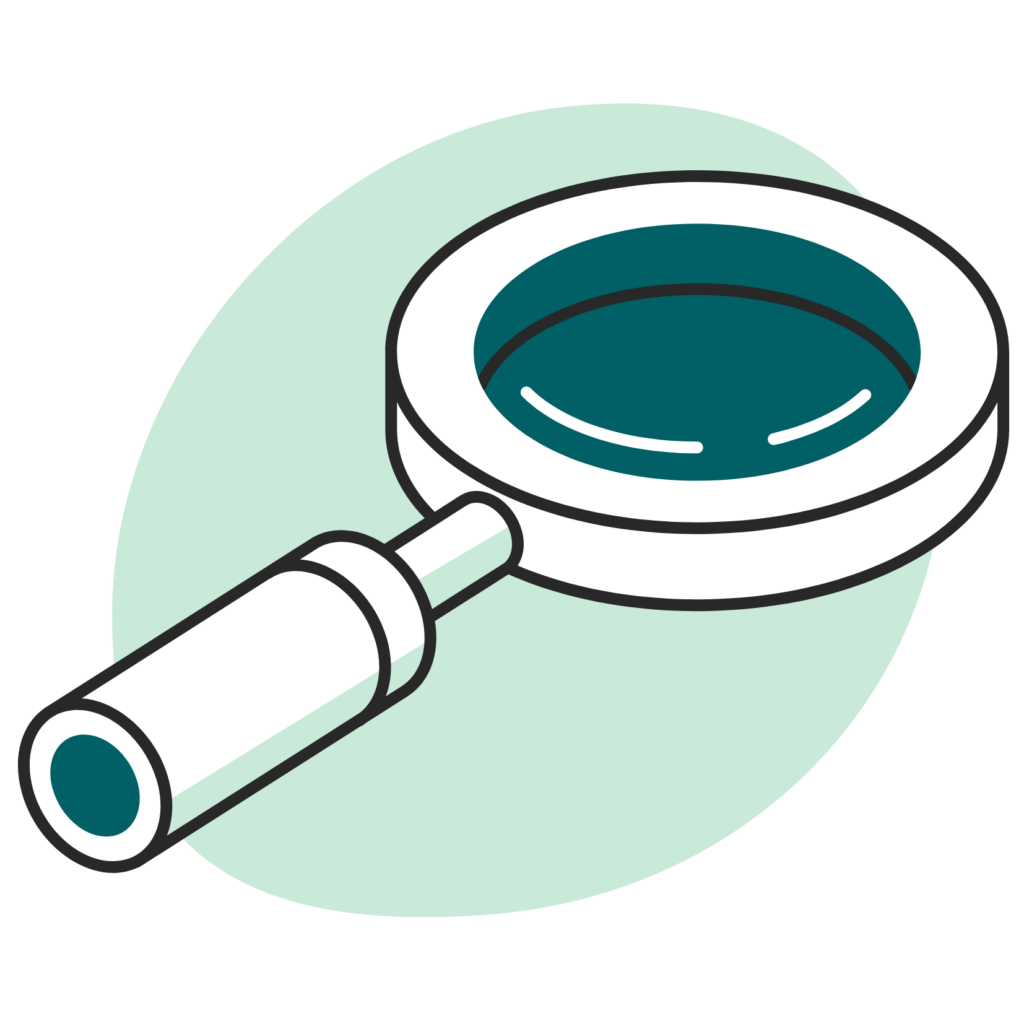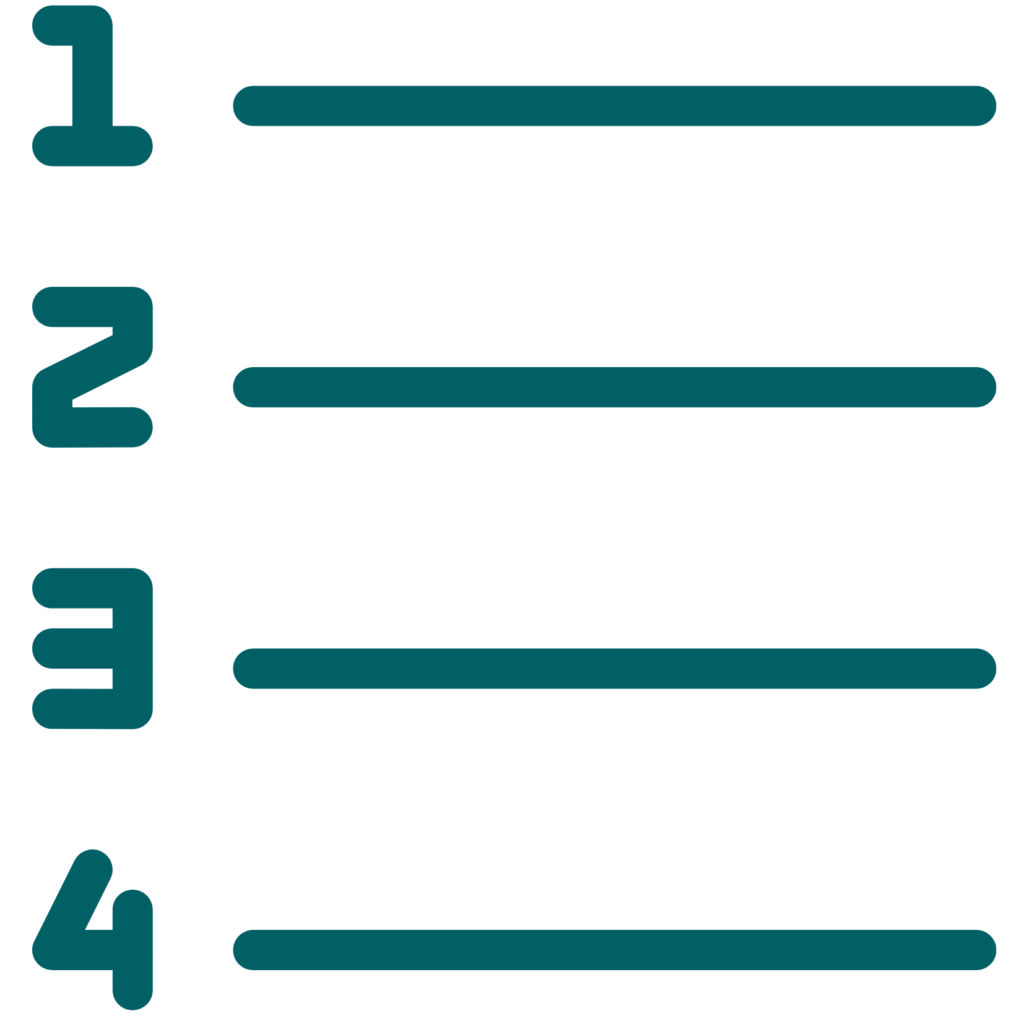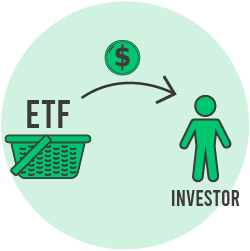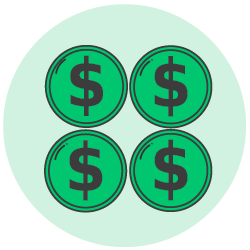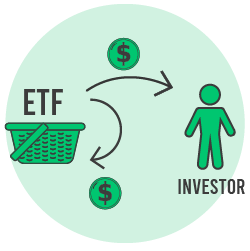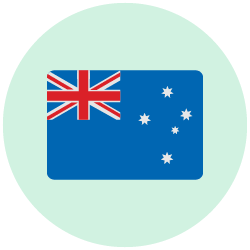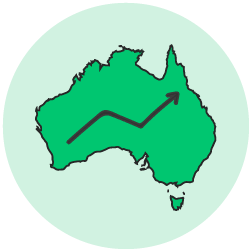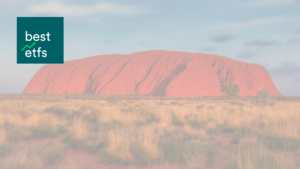BetaShares Australia 200 ETF (ASX:A200)
The Betashares A200 ETF provides exposure to the largest 200 Australian companies, based on market capitalisation. Unlike many other Australian shares ETFs, A200 uses the Solactive Australia 200 Index. This is virtually the same thing as the indices provided by S&P/ASX, as it also uses a market capitalisation weighting.
A200 ETF review
A200 share price and fees
A200 fees
Analyst report
The Betashares Australia 200 ETF (ASX: A200) is one of Australia’s largest shares ETFs with over $2 billion of investments as of October 2022. The largest ETF in this sector is the Vanguard Australian Shares Index ETF (ASX: VAS), with $11 billion.


A200 is unique
Betashares currently holds the title of the cheapest or lowest-cost Australian shares ETF, coming in at just 0.07% per year. On a $10,000 investment into A200, that’s just $7 of management fees — talk about tiny.
A200 is relatively unique amongst the major Aussie shares ETFs because it uses an ETF provided by Solative, whereas most ETF providers have chosen indices offered by Standard & Poor’s (S&P). This isn’t such a big deal because A200 follows a market-capitalisation-weighted strategy, meaning A200’s portfolio is almost exactly the same as two of the competing ETFs – IOZ and STW. I suspect the reasons the Solative index was chosen was because it was available and maybe even cheaper to replicate (index providers charge ETF providers to follow their index).
A200 alternatives
The key alternative Australian shares ETFs to A200 are as follows:
- Vanguard Australian Shares Index ETF (ASX: VAS) – the largest ETF for Australian shares and the largest ETF in Australia, by some distance. It invests in the top 300 shares, not 200, resulting in slightly more volatility than the A200 (which has 200). Over the long run, A200 has slightly outperformed VAS but I suspect the difference will be negligible over the long run, especially as VAS’ fees come down (they’re currently 0.1%).
- iShares S&P/ASX 200 ETF (ASX: IOZ) – follows the S&P/ASX 200 index, so Australia’s top 200 shares. Like Betashares it’s a portfolio that’s very similar to A200. With a fee load of 0.09%, it has nearly identical fees to A200.
- SPDR S&P/ASX 200 ETF (ASX: STW) – virtually the same portfolio as IOZ and A200, and one of Australia’s longest-running ETFs. With a fee of 0.13% per year, it’s slightly more expensive than A200.
- VanEck Australian Equal Weight ETF (ASX: MVW) – this ETF from VanEck invests in around 100 shares and rebalances so they are ‘equally weighted’ (around 1% holdings). This means it ‘trades’ the portfolio more than A200 (which uses a market cap weighted weighting methodology) to rebalance. It also means MVW portfolio is less diversified by securities. It also turns out to be broadly the same as A200 in terms of sector weightings.
- Vanguard High Yield Australian Shares ETF (ASX: VHY) – this Vanguard ETF targets Australian shares that pay dividends and ends up with a portfolio between 65 and 80 securities (typically). The VHY portfolio is more concentrated and focused on dividend income than A200, which means it may suit investors in retirement or those looking to produce a higher level of passive income in their portfolio.
How A200 can be used
The A200 ETF can be used by investors to get exposure to Australian shares/equities, with a tiny cost per year (0.07%). Basically, buying A200 is like ‘owning the market’ for next to nothing. This is one reason why A200 has proven to be so popular.
Given A200’s focus on the top 200 Australian shares, A200 captures limited exposure to the small and medium-sized companies on the ASX. That is, the companies ranked outside the top 200.
With low costs, diversification, dividend income and franking credits, it’s easy to see why A200 is one of the most popular ‘Core’ ETFs in Australia.
It should be noted that if you own similar ETFs, such as A200, STW, IOZ or MVW, you’re going to have a lot of ‘overlap’ in your portfolio if you own more than one of these ETFs.
A200 ETF holdings
- BHP Group Ltd
- Commonwealth Bank of Australia
- CSL Ltd
- National Australia Bank Ltd
- Westpac Banking Corp
- Australia & New Zealand Banking Group Ltd
- Woodside Energy Group Ltd
- Macquarie Group Ltd
- Wesfarmers Ltd
- Telstra Corp. Ltd
Risk level
If you’re comparing A200 to other index fund shares ETFs, its risk level should be relatively the same.
However, compared to bond ETFs, A200 will be riskier (volatile).
Compared to sector-specific ETFs or thematic ETFs (e.g. ACDC, CLNE. HACK, etc.) A200 should be slightly less risky over a full market cycle given it’s diversified across sectors and company types.
Given it is an Australian shares ETF, investors should consider A200 as part of the ‘risk on’ side of a portfolio and seek to hold the ETF for a minimum of 7 years to ensure the portfolio is given time to produce results in most market environments.
Does A200 pay franking credits?
Yes. A200 will pay or ‘pass through’ the franking credits it receives from its holdings. If you’re especially focused on fully franked dividend income you might try something like the VHY ETF (from Vanguard) as either a complement or replacement to A200.
To view the full range of ETFs available on the ASX, click here. Or to join us inside Rask Core 🌏 and get all of our premium ASX research and model portfolios, click here.
Cheers!
Owen Raszkiewicz
Founder of Best ETFs Australia, lead analyst of Rask Core
Fee comparison
What does the A200 ASX ETF invest in?
The Betashares A200 ETF invests in Australian shares, which offer growth and income potential. You could buy all of these companies yourself using a share brokerage account, but that would be a very expensive and time-consuming process. ETFs are an effective way to invest in an entire sector through a single trade.
What do investors use the A200 ETF for?
The Betashares A200 ETF could be used by investors to gain exposure to a diversified basket of Australia’s largest public companies, which are likely to grow their profit over time and pay regular dividends to their shareholders.
How to buy the A200 ETF
A portfolio FULL of our best ETF ideas
Click the button to discover how you can create one account and get an automated professionally managed ETF portfolio.
A200 investor starter pack
A200 literature
A200 holdings
ASX: A200’s dividend 2021
When does A200 pay a dividend?
A200 dividend reinvestment plan (DRP)
Warnings we apply to the A200 ETF
A200 tax domicile
A200 ETF registry
Fund issuer
Australian shares sector data
How A200 compares:
Latest ETF News
*The warnings on this page are applied by our ETF research team. Please know that these warnings are based on quantitative metrics and our internal methodology. These risks are not exhaustive and therefore they should not be relied upon. Always read the PDS of the function and speak to your financial adviser before acting on this information.
The Best ETF in Australia?
We’ve found the ONE ETF that could rule them all…
Right now, there are 200+ ETFs on the ASX. Then there are index funds. Hundreds of managed funds. LICs. REITs. And everything in between. Wouldn’t it be nice to make ONE investment and build the strong Core of your portfolio — with just one click?
Rask’s lead ETF research analyst and investing team have identified our #1 ETF for 2021 and beyond. Our analyst team has put together a full research report and a step-by-step investment guide to buying this ETF.
Best of all: The report is totally free and will be sent via email.

Unsubscribe anytime. Read our Terms, Financial Services Guide, Privacy Policy. We’ll never sell your email address. Our company is Australian-owned.
